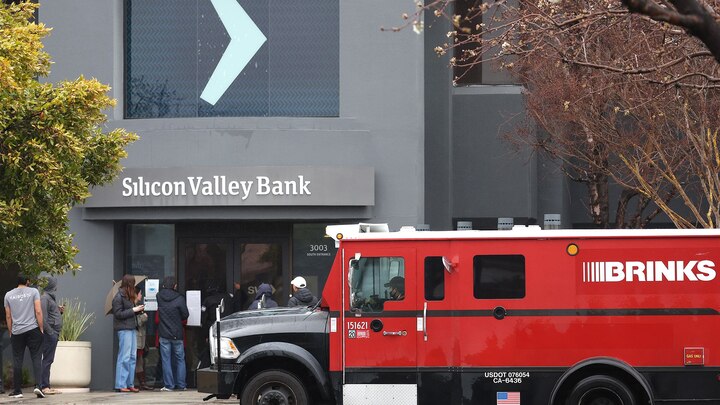The US Federal Reserve’s decision to raise interest rates and dampen investors’ appetite for risk led to Silicon Valley Bank’s closure and takeover by authorities on Friday.
A bank run was the primary factor in Silicon Valley Bank’s demise. Before customers began to flee the company, the firm was neither insolvent nor even close to being insolvent. However, banking is a business that depends equally on trust and money, and if either of those disappears, the show is over.

Since last year, the Federal Reserve has been increasing interest rates from their historically low levels in an effort to combat inflation. When the money that is accessible to them becomes pricey because of greater interest rates, investors have less willingness to take risks.
Also Read: Taiwan’s TSMC to recruit 6,000 engineers in 2023
Silicon Valley Bank’s main customers, technology startups, suffered as a result of their investors becoming less risk-tolerant. Some Silicon Valley Bank clients began taking money out to fulfill their liquidity needs as higher interest rates forced the marketplace for initial public offerings to close down for several startups and made private financing more expensive. As a result, Silicon Valley Bank began this week to search for solutions to handle customer withdrawals.
On Wednesday, Silicon Valley Bank liquidated a $21 billion bond portfolio, primarily made up of US Treasury bonds, to pay for the redemptions. Averaging 1.79%, the portfolio’s yield was much lower than the present yield on the 10-year Treasury note, which is around 3.9%.
SVB was compelled to record a $1.8 billion deficit as a result, which it had to make up for by raising capital. To close its financing gap, SVB disclosed on Thursday that it would sell $2.25 billion in common equity and preferred convertible stock. Investors worried that the deposit outflows might force it to seek even more capital, which caused its shares to finish the day’s trading down 60%.
According to Reuters, some SVB clients withdrew their funds from the bank at the suggestion of venture capital companies like Peter Thiel’s Founders Fund. The capital raising attempt failed late on Thursday as a result of investors, including General Atlantic, who SVB had queued up for the sale of stocks, becoming alarmed by this.
Also Read: Germany planning to ban Huawei, ZTE from parts of 5G networks
On Friday, SVB rushed to find alternate sources of financing, including by selling a company, But later that day, the Federal Deposit Insurance Corporation (FDIC) made the announcement that SVB had been shut down and was now in its administration.
The FDIC further stated that it would try to sell SVB’s assets and that future dividend payouts to uninsured depositors might be made.

I am a law graduate from NLU Lucknow. I have a flair for creative writing and hence in my free time work as a freelance content writer.